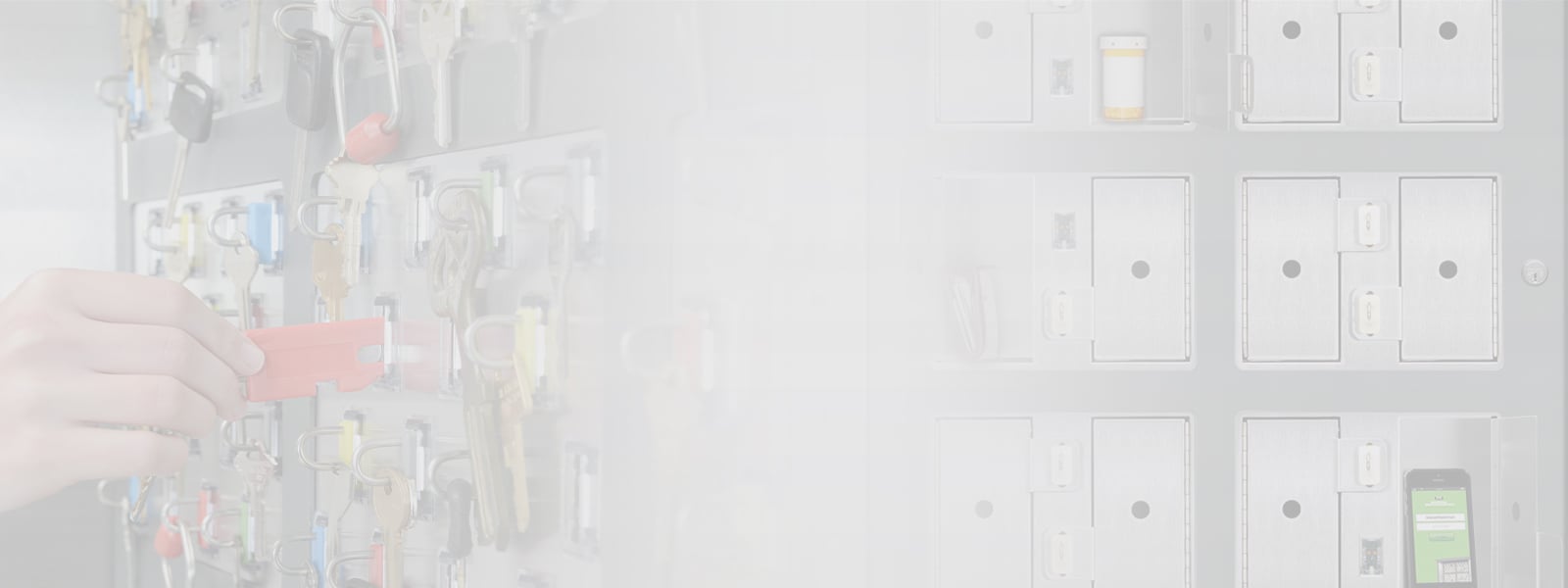With the November elections now in the rear view mirror and the economy continuing its slow but steady improvement, many organizations are beginning the task of examining what improvements are needed in their physical security plans – transitioning analog video surveillance systems to hybrid or IP systems; implementing or upgrading electronic access control systems; adding perimeter security, and so on.
One of the easiest and most effective improvements that can be made is implementing an electronically managed system for control of physical keys and cards. Lost or missing keys represent one of the biggest security threats to any organization and an effective, centrally controlled key management program can help minimize the possibility of unauthorized access to a facility and to valuable assets within the facility.
Integral to a key management program is an electronic key management system that offers central control for monitoring and managing keys. Keys are secured in a tamper-proof cabinet and a PIN code or other forms of identification are needed to access the key cabinet. Once identity and authorization have been verified, the cabinet unlocks and a key may be removed or returned. Only the key or keys for which the individual is authorized to use can be accessed and all other keys will remain locked in place. The electronic key cabinet is also designed to detect any attempts of unauthorized key access and can react in the event of an incident with email or text alerts to designated personnel.
In addition to safeguarding and distributing keys, electronic systems record all access activity so that lost keys can be more readily accounted for. Online monitoring of the system allows security operations to determine in which cabinet a key is stored; which keys are available for access; view who currently has which keys out and for what area and when they are scheduled to be returned; or who has had keys out, for what areas and at what times.
With their ease of use and proven benefits, electronic key management systems are an optimal security improvement.



